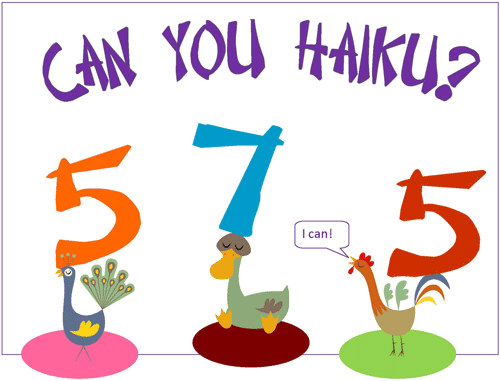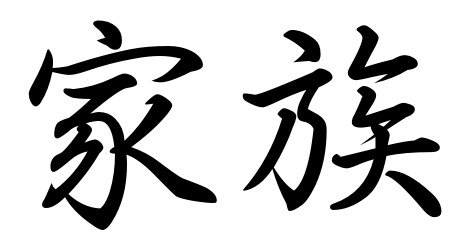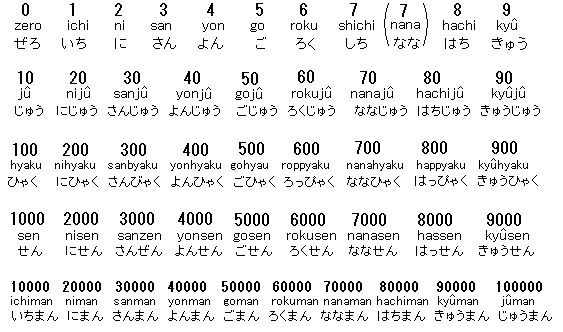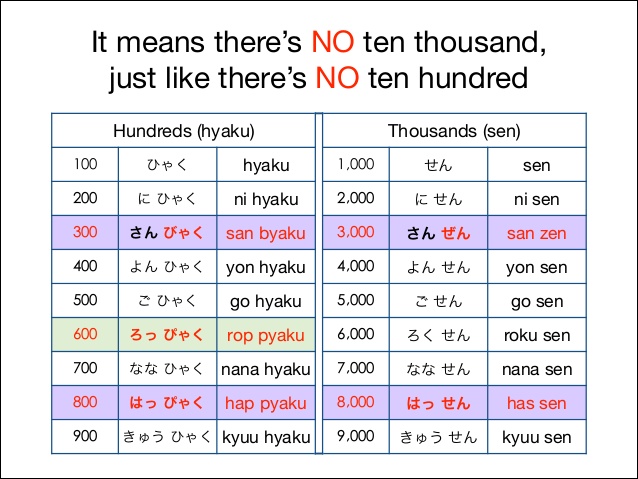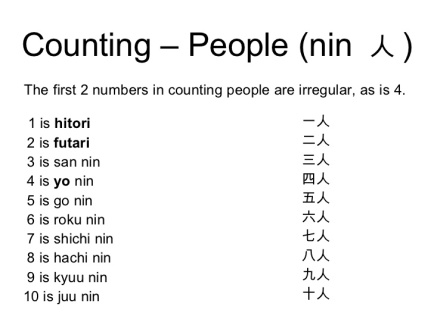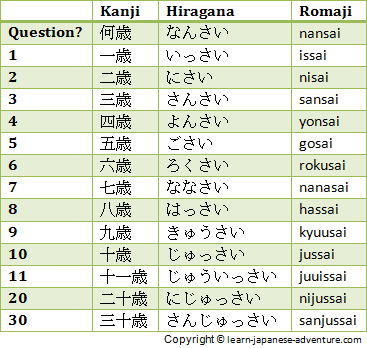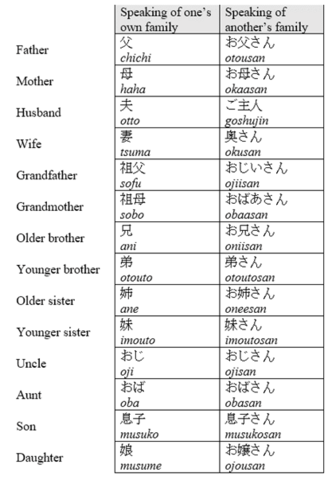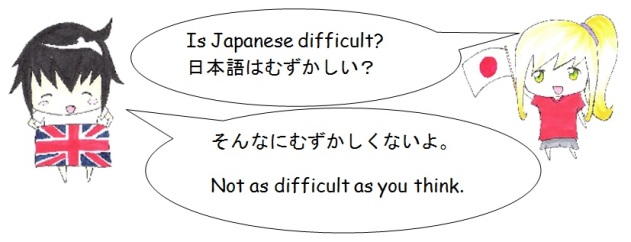This week we have class on Saturday instead of Thursday because sensee has a work to do on that day. So, we learnt about dining place this week that is related to the food.
If the place we do not the knowledge how to call it, we can use term ‘や (ya)’ means the place or shop; for example ~ ramen ya (place to eat ramen).
For adjectives, they can be negative words by adding ーくない (kunai) at the back of the positive words;
>>> やすい (cheap) X やすくない (not cheap)
>>> おいしい (delicious) X おいしくない (not delicious)
>>> はやい (quick) X はやくない (not quick)
Dialogue: How to say you want to eat at certain place (Curry Restaurant)
ナズラ:ひるごはん、どこで たべますか。[hiru gohanwo dokode tabemasuka]
イファ:あの みせで たべましょう。[ano misede tabemashoo]
ナズラ:カレーですか。[karee desuka]
イファ:はい。あの みせの カレーは おいしいですよ。[hai. Ano mise no karee wa oishii desuyo]
ナズラ:じゃ、そう しましょう。[ja, soo shimashoo]
How to count things (non-living things):-
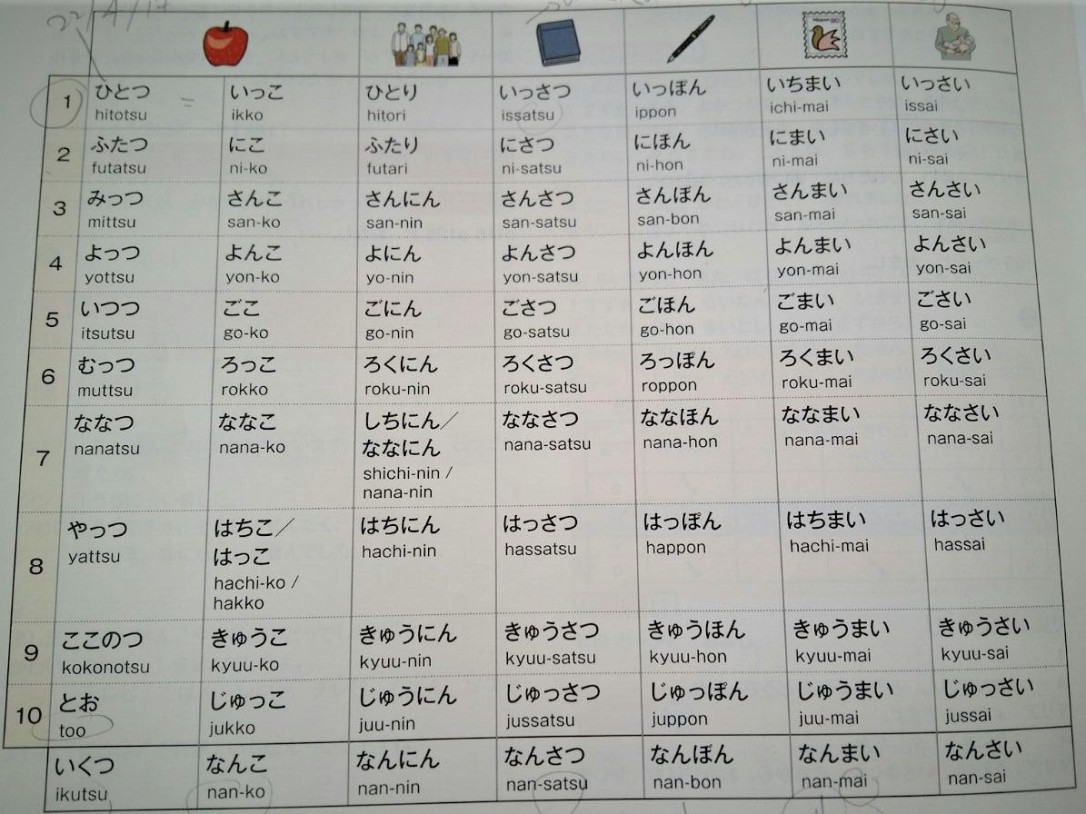
Long- waited lesson, we also have learnt about KANJI.
Kanji is a system of Japanese writing using Chinese characters and the characters are pictograph letters because based on natural images (๑✧∀✧๑).
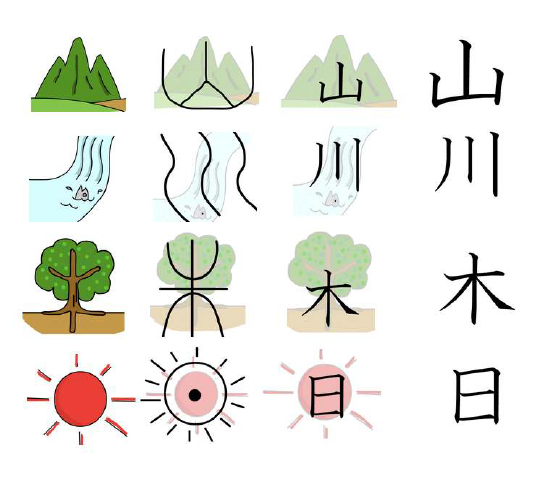
At the end of the class, sensee gave us an assignment to do a Haiku, a short Japanese poem in which it consists of;
3 lines
~ 1st line = 5 syllables
~ 2nd line = 7 syllables
~ 3rd line = 5 syllables
The original haiku contains elements of seasons, animals, insects, family, people, scenarists and so on.
It is a challenge to do a haiku since we need to be a poetic person to do a better haiku ヽ(゚∀。)ノ
